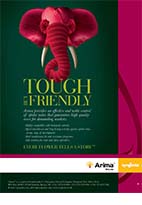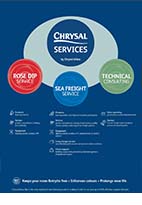Featured Past Articles
 Expectations filled the air as one of the biggest chemical companies in the world, Arysta LifeScience, launched a fungicide for the control of Powdery mildew and botrytis and an insecticide for the control of all major insects mainly aphids, thrips, whiteflies, mealy bugs and hoppers and a miticide.
Expectations filled the air as one of the biggest chemical companies in the world, Arysta LifeScience, launched a fungicide for the control of Powdery mildew and botrytis and an insecticide for the control of all major insects mainly aphids, thrips, whiteflies, mealy bugs and hoppers and a miticide.
Time almost audio recorded voice of Mr.Richard Gitonga, the Regulatory and Development Manager-East Africa asked, Are you concerned by the ever increasing threat of resistance build up on fungicides and insecticides? Are you concerned of scotching flowers and leaving residues? Are you concerned of WHO class of your choice of product? Do you want to achieve your goals of IPM farming? Each of these questions received a resounding “yes” from the growers in attendance. “Today I stand in front of you to offer you solutions, Fungaflor, Teppeki and Kanemite”, he said
Read more: Pomp and Colour as FUNGAFLOR 100 EC, Teppekii and Kanemite are Launched
 Corporations often need to exhibit at simultaneous trade shows in different localities and for different reasons. They may even have two trade show exhibits in the same city at the same time. Going one step further, a company may even have two separate trade show exhibits at the same trade show. Flower suppliers are an example of a companies exhibiting at two trade shows. Why does this happen?
Corporations often need to exhibit at simultaneous trade shows in different localities and for different reasons. They may even have two trade show exhibits in the same city at the same time. Going one step further, a company may even have two separate trade show exhibits at the same trade show. Flower suppliers are an example of a companies exhibiting at two trade shows. Why does this happen?
Quite simply, each trade show appearance has a different objective. One trade show exhibit concentrate on new lead generation, while the other trade show display’s focus on new product launches. Even though these trade shows differ, message needed should be consistent in presenting their corporate brand. Trade show visitors may have a different agenda for attending each trade show, but the corporate message must remain consistent and easily identified with the corporate DNA.
Every aspect of trade show exhibit presence also must match up with company promotional materials, advertising, public relations, online marketing, website and direct mail. Companies lose identity when they dilute their image with mixed messages. Marketing pros say the golden rule is to stay true to your corporate message, reinforce the brand, and let everything else follow suit.
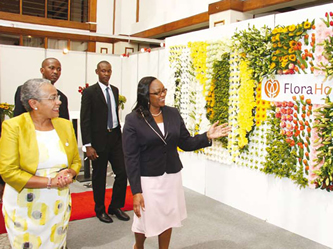
The fourth edition of the Kenyan based flower exhibition IFTEX ended last with good results for all participating companies. Although less international flower buyers attended the show, the quality of visitors was high resulting in a good overall outcome. Overall, 223 exhibiting companies and 2,778 participants attended the three day fair that was held in the Oshwal Center in Westlands, Nairobi.
The expo was opened by Kenya’s First Lady, Margaret Kenyatta. In her speech while opening the expo she said,“I wish to reassure all the consumers of our highly acclaimed flowers that the country continuously strives for responsible and safe production of cut flowers. We also strive to protect and conserve the natural environment and promote the welfare of all farm staff for sustainability”.
Rhodos takes center-stage at IFTEX 2015
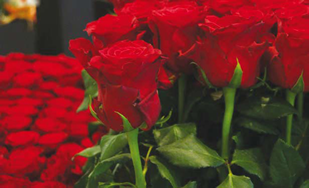 In the Best Flowers Quality Awards for Breeders under the category of Roses, the Platinum Award was clinched by De Ruiter East Africa Ltd with the standard rose “Rhodos”. De Ruiter East Africa’s red rose Rhodos, took center-stage during this year’s IFTEX with elaborate displays and much attention from show visitors. Rhodos is a premium rose with a clean red hue and good shape. The rose enjoys significant market presence and is currently regarded as one of the best reds out of Africa. Rhodos has an average stem lenght of 80cm and above, and a vaselife of up to 15 days. It grows a headsize of average 5cm at 1700 altitude.
In the Best Flowers Quality Awards for Breeders under the category of Roses, the Platinum Award was clinched by De Ruiter East Africa Ltd with the standard rose “Rhodos”. De Ruiter East Africa’s red rose Rhodos, took center-stage during this year’s IFTEX with elaborate displays and much attention from show visitors. Rhodos is a premium rose with a clean red hue and good shape. The rose enjoys significant market presence and is currently regarded as one of the best reds out of Africa. Rhodos has an average stem lenght of 80cm and above, and a vaselife of up to 15 days. It grows a headsize of average 5cm at 1700 altitude.
Aims At 1 Billion Dollars
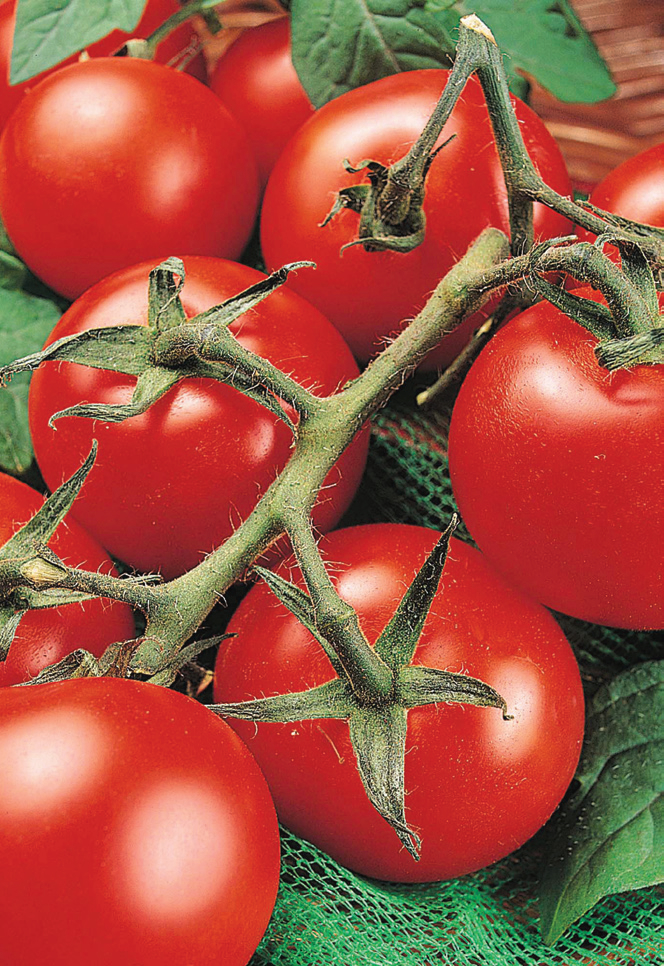 The target for Tanzania’s horticultural industry is to hit an annual export value of 1 billion US Dollars in 2018 and almost double it in the following two years to reach 1.85 billion Dollars by 2020, says Jacqueline Mkindi, CEO of the Tanzania Horticultural Association (TAHA).
The target for Tanzania’s horticultural industry is to hit an annual export value of 1 billion US Dollars in 2018 and almost double it in the following two years to reach 1.85 billion Dollars by 2020, says Jacqueline Mkindi, CEO of the Tanzania Horticultural Association (TAHA).
“Horticulture has grown in leaps and bounds - from northern Tanzania to southern highlands as well as Zanzibar. With an enabling environment and massive involvement of mostly women and youth farming at the moment, only the sky is the limit”, Mkindi believes.
The Taha-CEO recently received the prestigious Tanzanian Women Achievement Award (TWAA) for 2015, Agriculture Category. Over the past decade, Mkindi often moved between farms and boardrooms in her quest to persuade not only farmers, but also technocrats that horticulture was, indeed, a green gold in disguise.
UK’s Tesco posts largest-ever loss of 6.3bn: Test Tesco has reported the worst results in its history with a record statutory pre-tax loss of £6.4bn for the year to the end of February.. That compares with annual pre-tax profit of £2.26bn a year earlier. It is the biggest loss suffered by a UK retailer and one of the largest in the country’s corporate history. Around £4.7bn of the losses were the result of the fall in property value of its UK stores, 43 of which it said would close earlier this month.
All of the management positions in flower business contribute to the overall success of the operation. Perhaps none has a more direct hand in the ultimate quality of the company’s product, however, than the head grower. It’s a position that has evolved over time from skilled plants man to grower, trainer, communicator, business manager and leader.

